One area of particular strength in SysTrack’s suite of value added functions is its ability to provide automated EUC Persona insight, aka “End User Segmentation”. In their research note, “Segment Users by Workspace to Allocate Physical Devices, Digital Tools, Support and Services,” Gartner analyst Federica Troni states:
IT leaders responsible for end-user computing are challenged with determining the right set of tools to maximize user productivity and engagement without duplicating costs and capabilities.
Such a framework helps IT leaders determine the right choices to accommodate diverse user requirements. Lakeside’s approach to end user segmentation is consistent with and supportive of the process advocated by Gartner. The granular End User Computing (EUC) data collected, aggregated, and visualized by SysTrack is exactly the kind of data needed to identify user groups within an enterprise who have common device, application, service, connectivity, and support needs.
No longer must IT rely on outdated questionnaires, anecdotal input, and/or educated guesses. Using real EUC data, collected from actual systems, with real users; the results are accurate, fast, and non-controversial. Thus “data driven” vs “instinct and intuitive” based decisions can drive EUC provisioning, access, and support choices. This data driven methodology for user persona discovery can pay big dividends.
User persona management benefits
Proper matches between end users, the devices, applications, and services they use, typically result in:
- Productivity improvements – Having the “right tool for the job” is an age old adage and is as important in IT as in any other form of work.
- Mobile and BYOD (Bring Your Own Device) initiatives require proper orchestration. Opening an enterprises’ infrastructure to any/all devices the EUC community chooses to use can be a security risk, support nightmare, and connectivity challenge. A better approach is to understand the work behaviour of all end users and identify where mobile and BYOD adoption is appropriate.
- Mismatched application suites to job requirements represent waste. Providing more applications than end users need results in unused licenses, increased support costs, increased workload demands, and an increased risk of application or system conflicts. Failing to provide appropriate applications to do the job, results in lower end user output.
- An over/under provisioned workstation represents waste. Either too much was spent on an over provisioned system or an end user of an under provisioned system can’t effectively do their job.
- IT asset optimization – Rather than a “one size fits all’ approach, a proper understanding of the digital workplace personas within an enterprise can lead to the distribution of end user devices which are appropriate for the job.
In a recent SysTrack assessment at a large auto manufacturer it was determined only 10% of the enterprises’ 25,000 laptops were observed to have been moved from their office location. This while the average cost of a laptop was $150 more than a desktop and the average failure rate on the laptops were about 10% higher. In another assessment it was observed that more than 80% of the enterprises’ users were not taking advantage of several of the applications within a suite of applications. A lower license cost was negotiated with the application suite’s manufacturer based on the historical SysTrack data, this resulted in over $15M in savings for the company.
- Service Desk Support Optimization – By reviewing “day in the life” data for various digital workplace personas, an enterprises’ service desk resources can be staffed with appropriate skill sets for the times when needed. Frequently, a “one size fits all” service desk with 7 x 24 coverage is provided for the entire EUC community. One recent study revealed a client had fewer than 5% of their EUC users accessing any resources after 8pm on Fridays and before 6am on Mondays. The decision was made to curtail the service desk staffing on weekends and increasing the coverage during normal business hours, resulting in significant cost savings and improved EUC satisfaction, as the response time was improved during the time the service was actually needed.
- EUC on-boarding optimization – Proper user persona and job role identification, documentation, and definitions, provide a very efficient method for on-boarding new employees or changing employee job assignments. An enterprise with fully defined personas and job roles can quickly assign the proper resources (end user device, applications, services, connectivity, etc.) based on the job description of the end user at any point in time.
One customer reported the on-boarding time for new employees was reduced from 8 days to 1 day by properly identifying the various personas and job roles within the organization and automating the on-boarding process to take advantage of the user persona insights.
- Cloud Affinity – Significant savings are being realized by enterprises through adoption of “Cloud” services. SysTrack can identify which enterprise workloads are suited for “The Cloud” and who among the end users are ready to utilize cloud based services.
Subscribe to the Lakeside Newsletter
Receive platform tips, release updates, news and more



